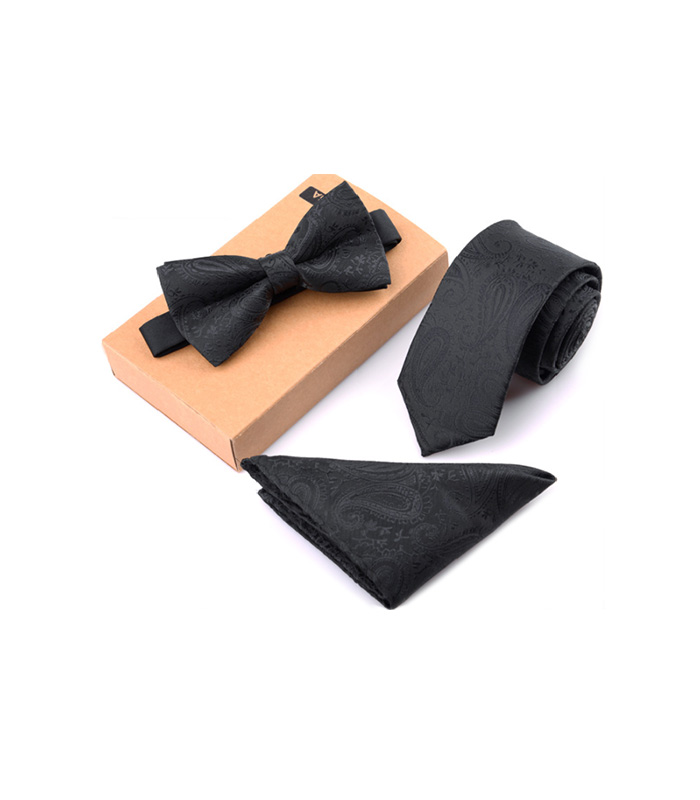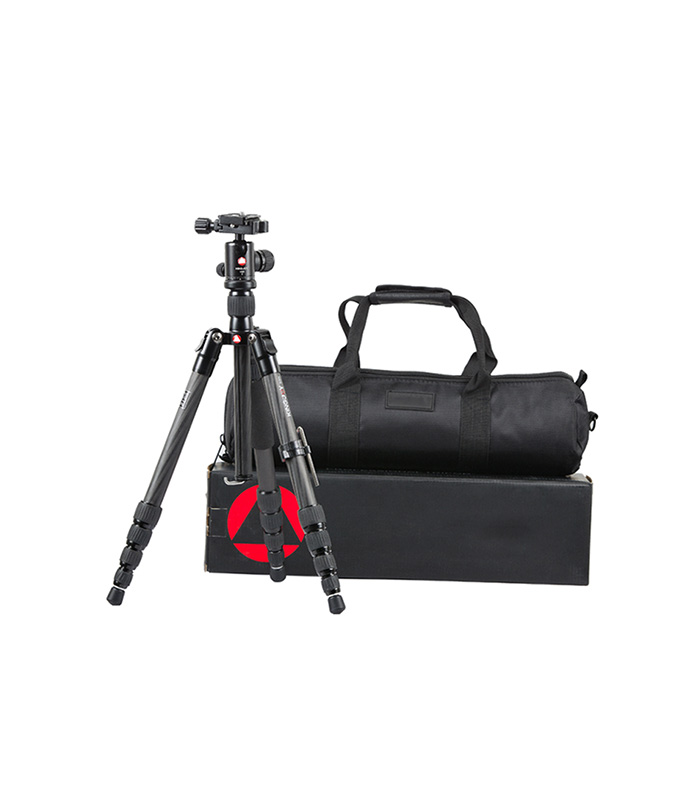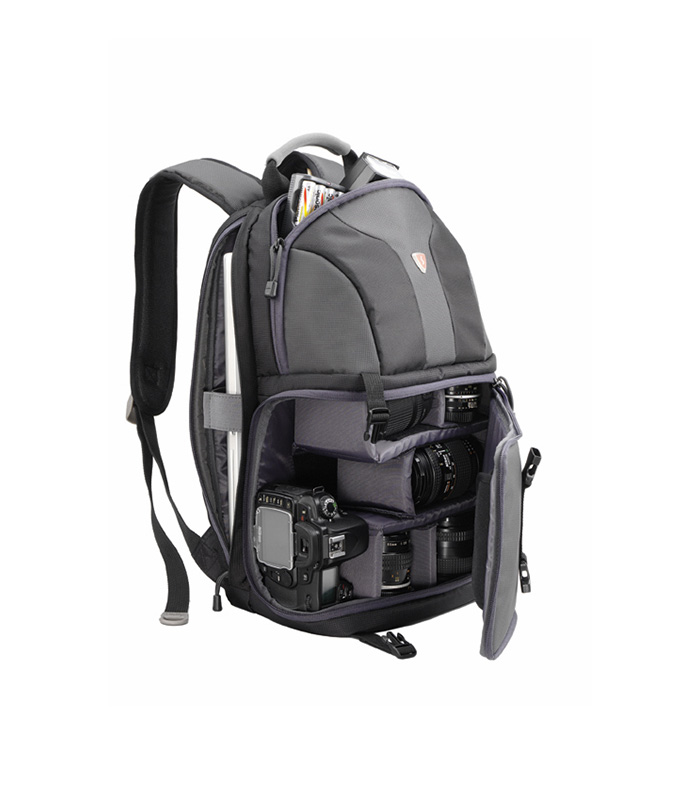Zowie Celeritas II – First Impressions
Zowie pride themselves on making premium gaming products without any unnecessary gimmicks or features, and the Celeritas fits in that lineup. That’s not a bad thing (I personally like that ‘let’s just get to business’ attitude) but if you want to be blown away by RGB light shows or fancy looking keyboards you should probably looks elsewhere.
The Celeritas II is finished with a matte black coating and a small Zowie logo on the bottom of the board. To the left side you can also find a BenQ logo if you look hard enough, but most people won’t even notice that it’s there. The pretty subtle look of the keyboard is reinforced by the neutral font on the keys. Nothing here screams ‘I am a gaming keyboard’ at you and that’s an elegant choice that I think a lot of people will appreciate.
Something that I pretty much immediately noticed is how much of a fingerprint magnet this keyboard is. That’s not a huge deal obviously, but if you’re someone who hates any kind of visible smears on your peripherals you’ll want to keep a cleaning cloth nearby.

Keyboard
The entirety of this keyboard is made out of plastic, but I can’t say that it feels flimsy in any way. It is possible to make the housing flex a little when applying a lot of pressure, but this is the case with many keyboards out there and I’m pretty confident that this will stand up to any sort of ‘regular gamer abuse’ you can throw at it.
The Celeritas II has backlighting, but it only comes in red (which is Zowie’s signature color) so there is lighting here, though it’s not programmable in any real way. You can obviously turn the lights on or off (and change the brightness) but that’s about as far as it goes here. The lighting does do a good job to make each key clearly legible in the dark, which is exactly why it’s there so that’s all good in my opinion.

Packaging
If you’ve ever bought a Zowie mouse then the unboxing experience will be a familiar affair. The keyboard comes in Zowie’s signature black box, and on the inside you’ll find the board, some documentation (along with a Zowie sticker), and a PS/2 adapter. This might seem like an unnecessary addition but you will want to hang on to it, though more on that later.
The Celeritas II also comes with a plastic keyboard cover. As someone who hates dust and hairs between my keys it’s always nice to be able to neatly cover up my keyboard whenever I won’t be using it for a while, so that’s a cool addition if you’re asking me. There’s no included keycap puller, however, so that’s maybe something they can think about including in the future.
SPECS:
TECH
SIZE & DIMENSIONS
Features and build
Being primarily focused on serious competitive gamers it’s no surprise that the Celeritas II has a rather small footprint for a full sized keyboard. There’s not a lot of excess material anywhere so that’s good news for FPS players who like their mousing space. There is a bit of a ‘wrist rest’ element to the bottom of the board but I can’t say that this ever did something for me while I was typing or gaming (though do bear in mind that I am not a trained typist so my technique isn’t all that) but it didn’t get in the way either so for me this isn’t really an item.
The cable is not detachable but it is pretty thin and flexible. This isn’t as important with keyboards as it is with mice and the likes but I do prefer subtle cables that stay out of the way over rigid and thick bridge suspenders.
There’s no routing option for the cable though, and if you turn the keyboard around you’ll find that there aren’t many options on the bottom at all. There are no adjustment feet, for example. This is done (according to Zowie) to ensure that the keyboard is completely stable at all times, and while I never use these adjustment feet on any keyboard I can imagine that some will find this a bit annoying, though it’s not a flat board by any means so this shouldn’t be a dealbreaker for most people either.
By using a combination of the Fn key and the top Function keys you can access your media controls and change the brightness of the backlighting. That’s pretty basic so far, but on the F9 to F12 keys you’ll see 1x, 2x, 4x, and 8x. This is Zowie’s RTR (Real Time Response) technology.
When you use the keyboard with a PS/2 port you can activate this technology, and what it does is that it basically doubles (or quadruples, and so on) your input, so if you press ‘A’ when the RTR tech is set to x4 the keyboard will register 4 ‘A’ inputs. This is useful for spamming stuff, but I didn’t really find any real world application for it in the games that I play. It could well be very handy for MMO type games though, but do be warned that it’s a good idea to check with tournament admins if you’re somewhat of a serious gamer before using this in any serious scenario since it could fall under the ‘no macros’ rule.
Another noteworthy aspect is the weight. At 1273 grams it’s without a doubt a pretty hefty piece of kit, but since this isn’t exactly designed as a portable pocket-sized board this isn’t really an issue, and one could argue that the weight helps with keeping the keyboard in place during hectic spam fests.
Performance and every day use
One of the most eye-catching features of this keyboard are the switches. Rather than going for regular Cherry MX switches (or Cherry MX clone switches) the people at Zowie have decided to use optical Flaretech switches in this board. This means that every stroke gets registered by an optical sensor as opposed to a physical switch, which in turn ensures that your pressed get registered faster than would be the case with a regular mechanical switch. With a debounce time of a mere 0.03ms (versus the ~5ms that you’ll see on Cherry-style switches) it’s definitely one of the faster switches around, and while I can’t find any sourced information on the actuation point, total travel distance, and so on (Zowie doesn’t disclose this in their documentation) I can say that it’s one of the fastest feeling keyboards that I’ve used so far.
Is this noticeable in game? Well, it depends. I do really like the feeling of these switches. There’s obviously no tactile click anywhere, and if I had to compare the switches to anything more mainstream I’d say that they feel pretty similar to Cherry Reds, though with a slightly heavier feeling to bottom them out completely. If you don’t mind having no tactility they’re going to be great for any sort of gaming application, naturally, but I also really loved them for typing despite the fact that I usually don’t really like a linear feeling switch for productivity.
Aside from the super responsive and smooth switches there’s not really anything that stands out about this keyboard one way or the other, but that’s not necessarily a bad thing. The larger keys are on Cherry style stabilizers and they do a fine job straight out of the box. As with any keyboard with linear switches it’s a pretty silent board (especially if you don’t tend to bottom out keys when typing) and the N-key rollover ensures that you’ll never get any hiccups whenever you’re pressing multiple keys at one time.
There’s not much left to say here, since this keyboard doesn’t set out to do anything else aside from being a super fast and reliable gaming keyboard. Fast and reliable it is, so as far as I’m concerned Zowie have reached their goal with this keyboard.
Small sidenote: when I use a keyboard with Red (or the equivalent thereof) switches I sometimes tend to accidentally ‘double click’ my keys when typing and this is something that this type of switch prevents according to Zowie. It could be a coincidence, but I didn’t have that problem when using this keyboard, so if you like the premise of Reds but you find them to be just a bit too ‘volatile’ this could be an option for you. That, or you could work on your technique a bit of course. It’s an incredibly minor note but it is something that I noticed so I thought I’d mention it.



Conclusion & Recommendation
The Zowie Celeritas II is a super fast and consistent gaming keyboard. The PS/2 adapter and optical switches easily make it one of the better choices for the speed freaks among us. The Celeritas II is a minimalist, non-gimmicky esports peripheral and definitely does what it needs to do: perform ingame.
While the esports focus is clear, there aren’t a lot of extras on this board, and while things such as RGB lighting and cable routing absolutely aren’t necessary to perform ingame I do know that there are people out there who will find this keyboard lacking in features.
It’s definitely a really darn good gaming keyboard though, and I absolutely love these optical switches. I would like to see some smaller versions being made as well however. As it stands this is a quite bulky product and that might discourage gamers who need space or travel a lot, and since Zowie is a company aimed at competitive gamers I believe that a tournament-sized version of this keyboard would look great in their lineup. Either way, this is one of the best choices for players that want to perform rather than stand out.



































Reviews
There are no reviews yet.